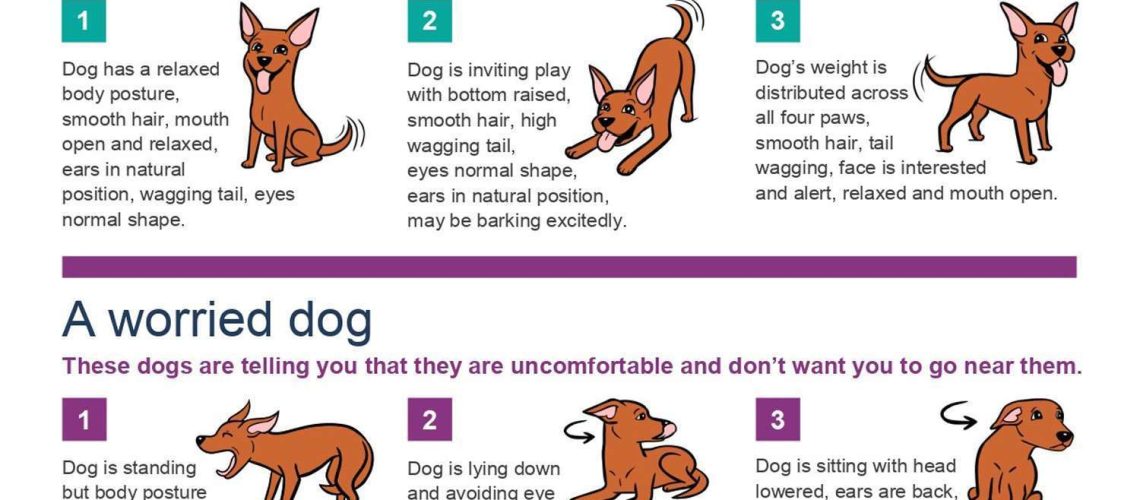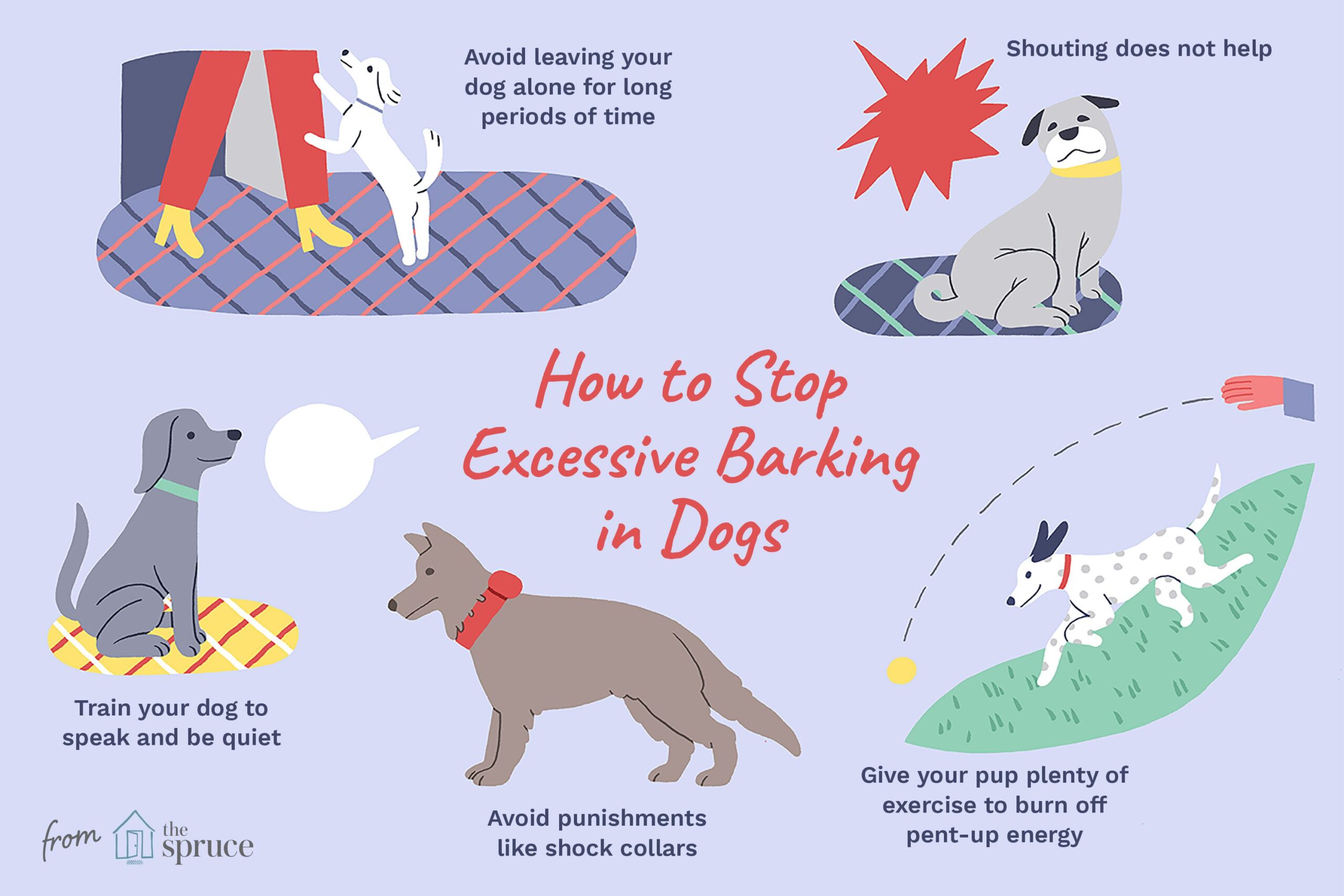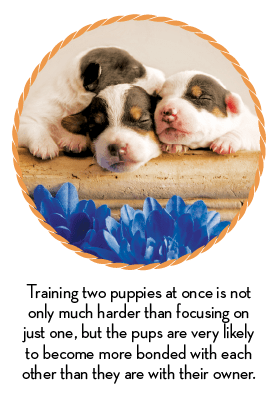Key Takeaways:
- Consistent training and positive reinforcement are essential for addressing common dog behavior problems.
- Separation anxiety can lead to destructive behavior, so gradually acclimating your dog to being alone is crucial.
- Aggression towards humans or other animals should be addressed immediately with professional help to ensure safety.
- Excessive barking can be managed by identifying the cause and providing appropriate outlets for your dog's energy and attention.
- Toilet training requires patience, consistency, and establishing a regular schedule for bathroom breaks.
Are you a dog lover, constantly seeking to understand your furry friend better? Or perhaps you're a new dog owner, eager to tackle any behavioral challenges that may arise. Either way, delving into the world of common dog behavior problems and solutions is a valuable endeavor that will benefit both you and your four-legged companion. Understanding these behaviors is essential for building a strong bond with your dog and ensuring their overall well-being. Did you know that 80% of dogs experience at least one behavior problem in their lifetime? By exploring this topic, you'll gain invaluable insights into why dogs exhibit certain behaviors and learn practical solutions to address them. So, get ready to embark on an enlightening journey where we unravel the mysteries behind your dog's actions and discover effective ways to overcome any challenges along the way.
Why do dogs chew on furniture and shoes, and how can you stop this behavior?
The Reason Behind Chewing
Dogs have a natural instinct to chew. It helps them keep their teeth clean and relieves boredom or anxiety. Chewing also provides mental stimulation for dogs. However, when dogs start chewing on furniture and shoes, it can become a problem.
One reason dogs chew on furniture and shoes is because they are teething. Just like human babies, puppies go through a teething phase where their adult teeth start coming in. Chewing helps alleviate the discomfort of teething.
Another reason dogs chew on furniture and shoes is separation anxiety. When left alone, some dogs may feel anxious or stressed, leading them to seek comfort by chewing on items that smell like their owners.
Stopping the Chewing Behavior
To stop your dog from chewing on furniture and shoes, there are several steps you can take:
- Provide appropriate chew toys: Give your dog plenty of toys that are specifically designed for chewing. These toys should be durable and safe for your dog to chew on.
- Keep valuable items out of reach: Store your shoes and other valuable items in places where your dog cannot access them. Use baby gates or close doors to restrict access to certain areas of the house.
- Use deterrents: Apply bitter-tasting sprays or use pet-safe deterrents on furniture and shoes to make them less appealing for chewing.
- Supervise and redirect: Keep an eye on your dog when they are around furniture or shoes. If you catch them in the act of chewing something they shouldn't, redirect their attention to an appropriate chew toy.
- Provide mental and physical exercise: Make sure your dog gets enough mental and physical stimulation throughout the day. This can help prevent boredom and anxiety-related chewing.
Consistency is key when trying to stop your dog from chewing on furniture and shoes. With patience and proper training, you can redirect their chewing behavior towards appropriate items.
Helping a dog who gets too excited and jumps on people when they come home
The Excitement Behind Jumping
Dogs are naturally social animals and jumping up on people is a way for them to express excitement or seek attention. While it may be cute when they are small puppies, it can become a problem as they grow larger.
Jumping up on people is often a result of overexcitement. When dogs see their owners or visitors after being apart for some time, they may become overwhelmed with joy and jump to greet them.
Tackling the Jumping Behavior
To help your dog stop jumping on people when they come home, follow these steps:
- Ignore the jumping behavior: When your dog jumps on you or others, avoid giving them attention or reacting to their behavior. Turn away from them and cross your arms until they calm down.
- Teach an alternative behavior: Train your dog to perform an alternative behavior, such as sitting or offering a paw, instead of jumping. Reward them with treats and praise when they engage in the desired behavior.
- Practice controlled greetings: Set up controlled scenarios where someone enters the house or approaches your dog while you hold their leash. Reinforce calm behavior and redirect any jumping attempts.
- Consistency in training: It is important to be consistent in your training efforts. Reinforce the desired behavior every time someone enters the house, and make sure everyone in the household follows the same rules.
With consistent training and positive reinforcement, you can teach your dog to greet people calmly without jumping up on them.
Understanding excessive barking in dogs and teaching them to control it
The Reasons Behind Excessive Barking
Barking is a natural form of communication for dogs. However, excessive barking can become a nuisance and disrupt the peace. Understanding why dogs bark excessively is crucial in addressing this behavior.
Dogs may bark excessively due to various reasons:
- Alert barking: Dogs bark to alert their owners of potential threats or intruders.
- Anxiety or fear: Some dogs may bark excessively when they feel anxious or fearful about certain situations or stimuli.
- Boredom or lack of stimulation: Dogs who are bored or not getting enough mental and physical exercise may resort to excessive barking as a form of entertainment or release of pent-up energy.
- Territorial behavior: Dogs may bark excessively to defend their territory from perceived threats, such as people or other animals passing by their property.
Tackling Excessive Barking
To help your dog control excessive barking, consider the following strategies:
- Identify triggers: Determine what triggers your dog's excessive barking and try to address those triggers. For example, if your dog barks at people passing by the window, close the curtains or use a white noise machine to block the view.
- Provide mental and physical stimulation: Ensure your dog gets enough exercise and mental stimulation throughout the day. Engage in activities such as walks, puzzle toys, and training sessions to tire them out and keep their minds occupied.
- Desensitize and counter-condition: Gradually expose your dog to situations that trigger excessive barking in a controlled manner. Pair these situations with positive experiences, such as treats or playtime, to help them associate the triggers with positive outcomes.
- Use positive reinforcement: Reward your dog for quiet behavior and reinforce commands such as "quiet" or "enough." Avoid punishing or yelling at your dog for barking, as this may worsen their anxiety or fear.
Remember that excessive barking may take time to address, so be patient and consistent in your training efforts. Seek professional help if needed.
Dealing with aggression in dogs towards other animals or humans
The Nature of Aggression
Dogs can display aggression towards other animals or humans for various reasons. It is essential to understand that aggression is a natural behavior rooted in self-preservation instincts and social hierarchy.
Dog aggression can be categorized into different types:
- Fear aggression: Dogs may act aggressively when they feel threatened or scared. This type of aggression is often seen when a dog feels cornered or trapped.
- Territorial aggression: Dogs may show aggressive behavior when defending their territory from perceived intruders or threats.
- Protective aggression: Dogs may display aggression when they feel the need to protect their owners or their resources, such as food or toys.
- Social aggression: Dogs may exhibit aggressive behavior towards other dogs or humans to establish dominance or maintain social hierarchy.
Addressing Aggression
Dealing with aggression in dogs requires careful management and professional guidance. Here are some general steps to help address aggression:
- Consult a professional: Seek advice from a qualified dog trainer or behaviorist who specializes in aggression. They can assess your dog's behavior and provide tailored guidance for addressing the specific type of aggression.
- Create a safe environment: Ensure the safety of your dog, other animals, and people by managing their interactions. Use muzzles, leashes, or barriers as necessary to prevent any potential harm.
- Avoid punishment-based training methods: Punishment can escalate aggressive behavior and worsen the underlying issues. Focus on positive reinforcement techniques that reward calm and non-aggressive behavior.
- Implement desensitization and counter-conditioning: Gradually expose your dog to triggers that elicit aggressive behavior in a controlled manner. Pair these triggers with positive experiences to change their emotional response over time.
Note that addressing aggression in dogs requires expertise and patience. Professional help is crucial for ensuring the safety of everyone involved and achieving long-term behavioral improvements.
Stopping a dog from digging up the yard or garden and providing alternative activities
The Reasons Behind Digging Behavior
Dogs have an innate instinct to dig, which can be traced back to their ancestors who dug for various purposes, including hunting and creating shelter. However, when dogs start digging up the yard or garden, it can be frustrating for owners.
Dogs may dig in the yard or garden due to several reasons:
- Boredom or excess energy: Dogs who are not getting enough mental and physical exercise may resort to digging as a way to release pent-up energy or alleviate boredom.
- Seeking comfort or coolness: Dogs may dig holes in the ground to create a comfortable spot to lie down or escape from heat during hot weather.
- Instinctual behavior: Some dog breeds have a stronger instinct to dig than others. Breeds such as terriers were historically bred for digging tasks, so they may exhibit this behavior more frequently.
Tackling Digging Behavior
To stop your dog from digging up the yard or garden, consider the following strategies:
- Create designated digging areas: Set up a specific area in your yard where your dog is allowed to dig. Fill it with loose soil or sand and bury toys or treats for them to discover. Encourage them to use this area by rewarding them when they dig there.
- Provide mental and physical stimulation: Ensure your dog gets enough exercise and mental stimulation throughout the day. Engage in activities such as walks, play sessions, and puzzle toys to tire them out and redirect their energy.
- Safeguard tempting areas: If certain parts of your yard or garden are particularly attractive for digging (e.g., flower beds), use barriers like fencing or rocks to prevent access.
- Supervise and redirect: Keep an eye on your dog when they are outside and redirect their attention to alternative activities, such as playing fetch or engaging in training exercises, whenever you see them starting to dig.
Consistency and patience are key when trying to stop your dog from digging up the yard or garden. Providing alternative activities and designated digging areas can help satisfy their instinctual needs while preserving your outdoor space.
Tackling leash pulling during walks and training dogs to walk calmly
The Reasons Behind Leash Pulling
Dogs often pull on the leash during walks due to excitement, curiosity, or a desire to explore their surroundings. While it is natural for dogs to be eager during walks, excessive pulling can make the experience unpleasant for both the dog and owner.
Dogs may pull on the leash for various reasons:
- Excitement: Dogs may become overly excited about going for a walk, leading them to pull on the leash in anticipation of reaching their destination.
- Curiosity: Dogs are naturally curious creatures and may want to investigate different scents or objects they encounter during walks, causing them to pull towards those stimuli.
- Lack of training: If a dog has not been properly trained to walk on a loose leash, they may resort to pulling as their default behavior.
Teaching Calm Walking Behavior
To train your dog to walk calmly on a leash, follow these steps:
- Use proper equipment: Ensure you have a well-fitted harness or collar that does not cause discomfort or pain to your dog. Avoid using equipment that may encourage pulling, such as choke chains or prong collars.
- Practice loose leash walking: Start in a quiet and familiar environment with minimal distractions. Encourage your dog to walk beside you by using treats or praise. Reward them for walking on a loose leash without pulling.
- Use positive reinforcement: Whenever your dog walks calmly on a loose leash, reward them with treats and praise. Consistently reinforce this behavior during walks to establish the desired habit.
- Redirect attention: If your dog starts to pull on the leash, stop walking and wait for them to return their attention to you. Once they do, resume walking and reward them for following along without pulling.
Consistency and patience are crucial when training your dog to walk calmly on a leash. Gradually increase the difficulty level by introducing more distractions during walks once your dog has mastered walking in controlled environments.
Alleviating separation anxiety in dogs when left alone using effective techniques
The Nature of Separation Anxiety
Dogs are social animals that form strong bonds with their owners. When left alone, some dogs may experience separation anxiety, which is characterized by distress and anxious behaviors.
Dogs with separation anxiety may exhibit various symptoms:
- Pacing
In conclusion, understanding and addressing common dog behavior problems is important for a happy and well-behaved pet. By using positive training methods and seeking professional help when needed, these issues can be resolved, allowing both the dog and their owner to have a harmonious relationship.
What is the most common behavioral disorder in dogs?
Aggression is the primary and most severe issue with dog behavior. Various types of aggression necessitate different approaches to treatment.
What are 5 abnormal dog behavior?
The most frequently observed abnormal behaviors in animals are aggression, fear responses, urinating or defecating inappropriately, making loud noises, changes in facial expression and posture, restlessness, and hiding. Pain has also been linked to repetitive behaviors. (Source: Dec 12, 2019)
How do I correct bad dog behavior?
Training is crucial as it teaches your dog to associate positive rewards with following your commands, strengthens your relationship, and provides mental stimulation which helps reduce misbehavior. It is recommended to introduce a new command every week and continue practicing the ones they have already learned.
What are bad dog habits I Cannot tolerate?
Our behavior towards dogs can inadvertently encourage bad habits such as resource guarding, jumping on people, climbing on furniture, begging for food, clingy behavior, and taking over your bed. If you want to prevent your pet from accessing furniture, it is important to establish clear boundaries and consistently enforce them.
What are signs of mental illness in dogs?
Dogs have been observed chasing and attacking their own tails, causing severe damage that may require amputation. Dogs with mental health problems can also display behavior issues like aggression, excessive barking, or destructive chewing. These undesirable behaviors can be disruptive and potentially harmful.
What is the biggest dog syndrome?
Black dog syndrome, also known as big black dog syndrome, is a situation where black dogs are often overlooked for adoption in comparison to animals with lighter colors. Animal shelters commonly use the term BBD, or big black dog, to refer to larger dark-colored mixed-breed dogs that are believed to be less likely to be chosen by potential adopters.

















